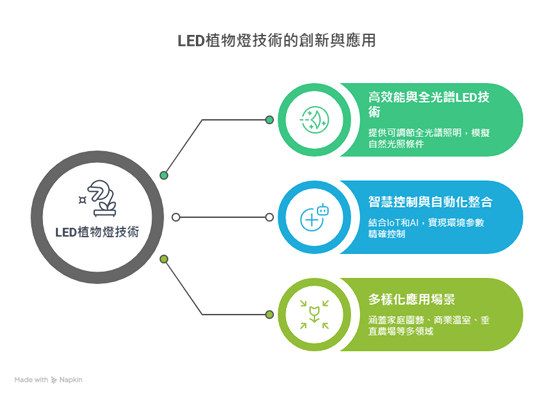🌍 Global LED Grow Light Market Overview and Growth Forecast
The global LED grow light market is experiencing rapid growth. According to a report by Technavio, the market is projected to grow at a compound annual growth rate (CAGR) of 39.04% from 2024 to 2028, with a market value increase of USD 11.32 billion during the forecast period.
In addition, research by Future Market Insights indicates that the market is expected to reach USD 27.34 billion by 2035, with a CAGR of 22.8% from 2025 to 2035.
This growth is primarily driven by the following factors:
Rise of Indoor and Vertical Farming: Accelerated urbanization and limited arable land resources have made indoor farming a viable solution to address food security challenges.
Demand for Energy Efficiency and Sustainability: Compared to traditional lighting systems, LED grow lights offer higher energy efficiency and longer lifespan, supporting the development of sustainable agriculture.
Government Policy Support: Energy-saving and emission-reduction policies, along with subsidies for smart agriculture introduced by various governments, are contributing to the expansion of the LED grow light market.

- High-Efficiency and Full-Spectrum LED Technology
- Smart Control and Automation Integration
- Diverse Application Scenarios
- Invest in High-Performance LED Technology
Develop LED grow lights with higher luminous efficacy and longer lifespan to meet the rising demand for high-performance horticultural lighting solutions. - Expand Application Fields
Explore new and emerging applications of LED grow lights, such as integration in wearable devices, smart home systems, and in-vehicle air purification solutions. - Strengthen Global Collaboration
Establish strategic partnerships with leading LED manufacturers and research institutions worldwide to drive technological innovation and accelerate market expansion. - Prioritize Environmental Compliance
As environmental regulations become increasingly stringent, manufacturers should ensure their LED grow light products meet international standards and highlight their ecological benefits.
